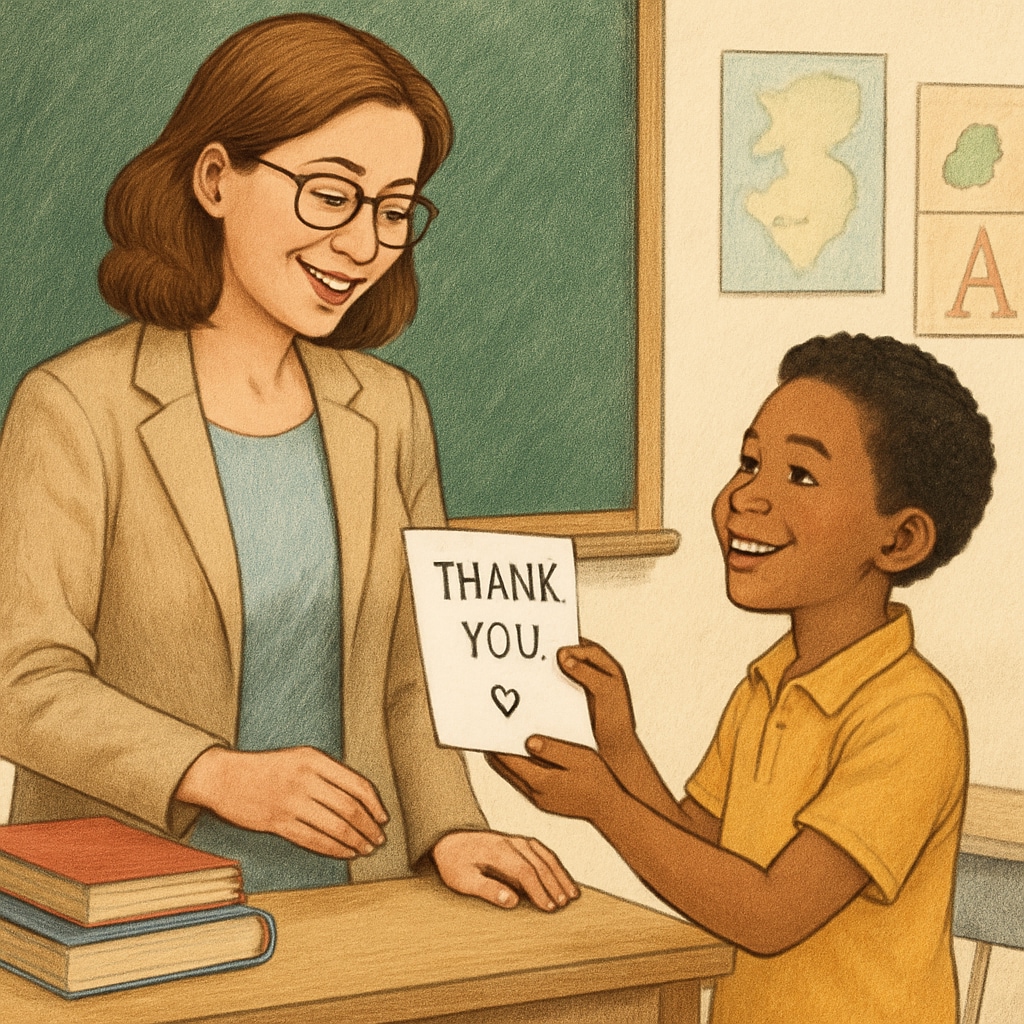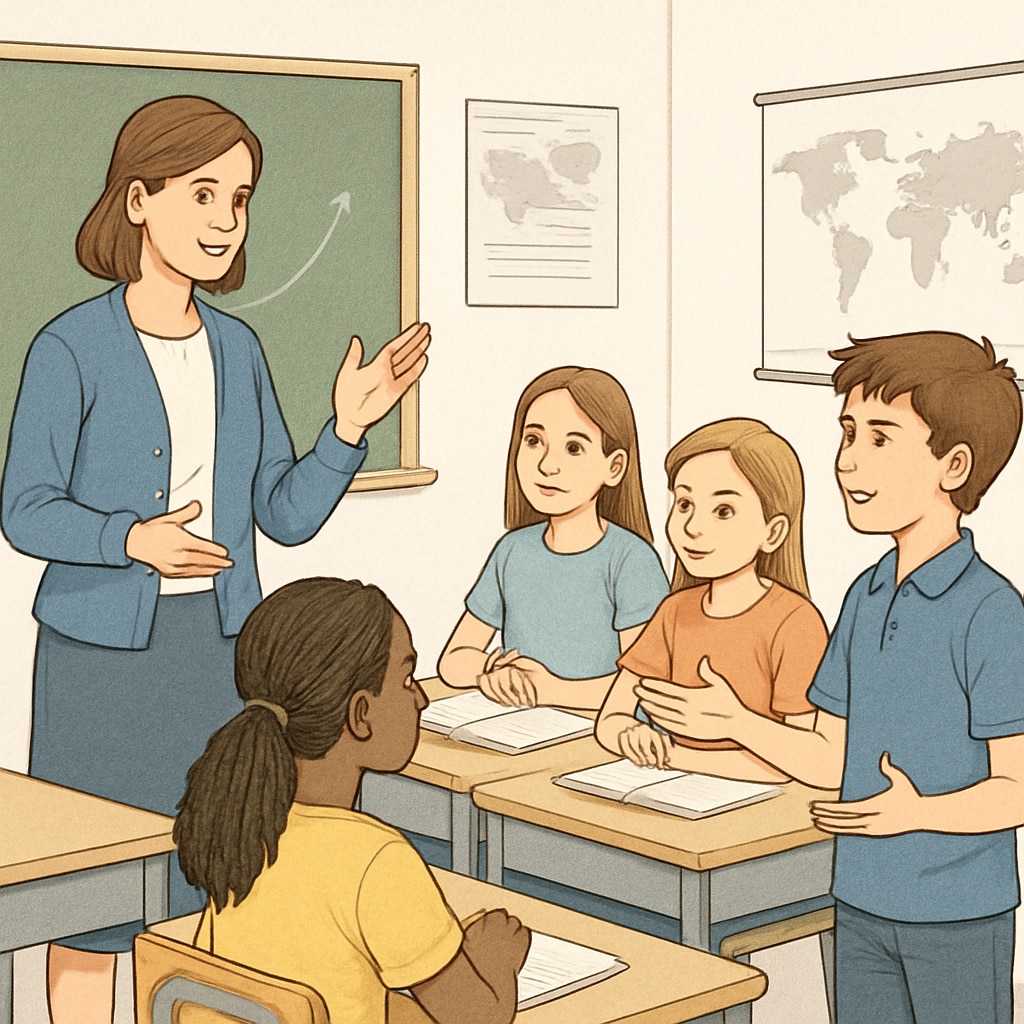The impact of student gratitude on the educational process is profound. When a student sincerely says “thank you,” it signifies much more than politeness—it reflects the teacher’s influence and the respect cultivated in the classroom. By valuing and respecting students’ perspectives, educators foster intrinsic motivation and self-worth, creating an environment where learning flourishes.

How Student Gratitude Reflects the Core of Education
Gratitude from students often serves as a mirror to the essence of teaching. It reveals not just the knowledge imparted, but the emotional and motivational impact teachers have on their students. For example, a simple “thank you” can stem from a teacher recognizing a student’s effort, making them feel valued and seen. This act of acknowledgment fosters a sense of belonging and boosts the student’s confidence in their own abilities.
Research supports the notion that gratitude strengthens relationships. According to Britannica, gratitude enhances emotional well-being and promotes strong social bonds. In education, this bond between teacher and student becomes a foundation for trust and mutual respect.
Respecting Student Perspectives: A Catalyst for Growth
When teachers actively listen to and respect students’ opinions, a powerful transformation occurs. Students feel empowered to express themselves, knowing their voices are valued. This not only builds self-esteem but also nurtures a love for learning. For example, a teacher who adapts their teaching style based on student feedback demonstrates respect for their learners, ultimately improving engagement and academic outcomes.
Furthermore, respecting student viewpoints aligns with the principles of socio-constructivism, which emphasizes the importance of collaborative learning. By creating an interactive environment, teachers and students co-construct knowledge, deepening the learning experience for all involved.

The Teacher’s Role in Fostering Gratitude
Teachers play a crucial role in cultivating an atmosphere where gratitude can thrive. This begins with showing genuine care and interest in each student’s growth. Encouraging positive reinforcement, celebrating small victories, and providing constructive feedback are all ways educators can nurture gratitude.
In turn, when students express appreciation, teachers also benefit. It serves as a reminder of their purpose and the lasting impact they have on young lives. Such moments of gratitude often become the “deepest echo” of their efforts, reinforcing the true meaning of education.
Practical Ways to Encourage Gratitude in Education
For both teachers and students, expressing gratitude can become an integral part of the classroom culture. Here are a few practical strategies:
- Gratitude Journals: Encourage students to write down one thing they are thankful for each day, whether related to school or personal life.
- Peer Appreciation Circles: Allow students to share compliments and thank-yous with their classmates in a structured setting.
- Modeling Gratitude: Teachers can lead by example, thanking students for their efforts and contributions.
- Celebrating Success: Recognize milestones and achievements, no matter how small, to create a positive and supportive environment.
By incorporating these practices, educators can create a community of mutual respect and gratitude, enriching the learning experience for everyone involved.
Conclusion: A student’s heartfelt “thank you” is more than a simple expression of gratitude—it is a reflection of the transformative power of education. Teachers who respect their students’ voices and build connections based on trust and care leave a lasting legacy. In this way, gratitude becomes the deepest and most meaningful echo of an educator’s impact.
Readability guidance: Short paragraphs and lists are used to enhance clarity. Transition words like “in addition” and “for example” are included to ensure smooth reading. Passive voice is minimized to keep the tone engaging and direct.


